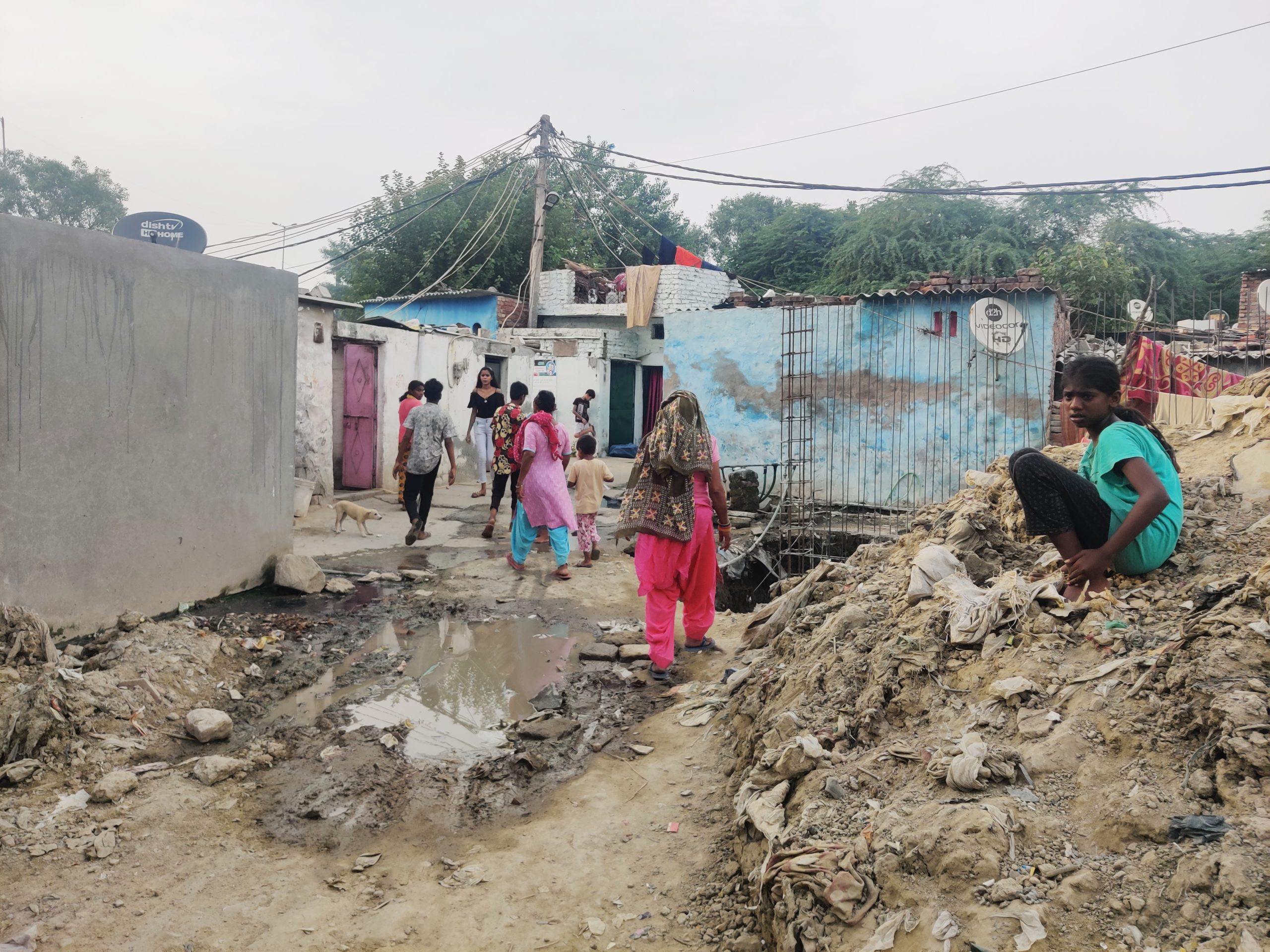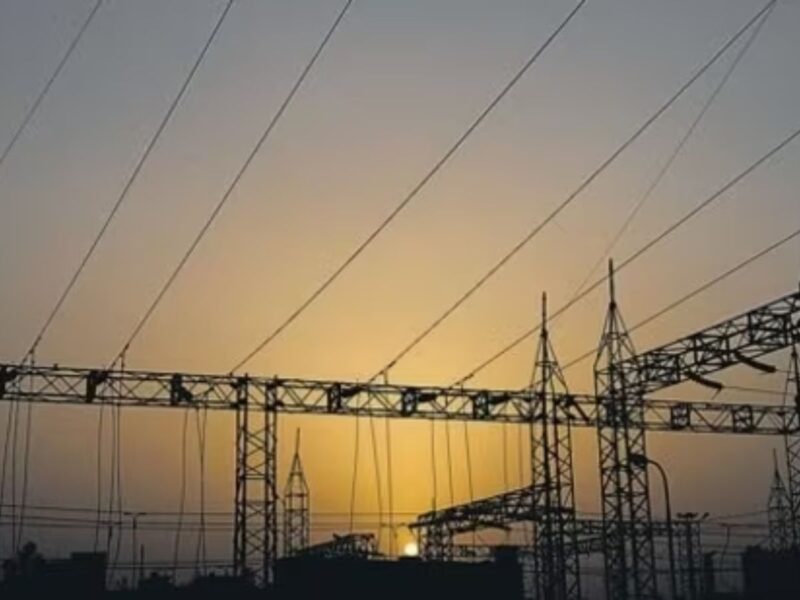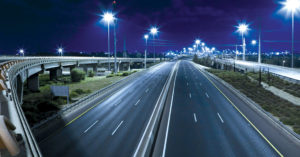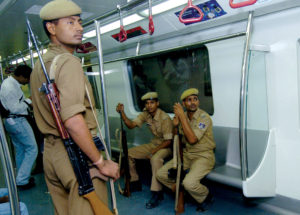According to report, crime against women and children – from rape to abduction — in Delhi’s Outer District is one of the highest recorded over the last three years. All this, despite reluctance to report. Patriot visits Peera Garhi relief camp to see how women live – with fear looming all around
A hot, humid day in Delhi, face mask drenched in sweat. Travelling through its Outer District we meet 29-year-old Poonam sitting on a charpoi set outside her home in Peera Garhi relief camp. As we begin to speak to her, it soon dawns on us that the heat means nothing to her, instead the prospect of the monsoon showers presents a relief from the confines of a house which has clung on to her.
Married at the age of 14, this camp has been her home since she was born. She now faces a Covid-19 lockdown induced financial crisis, losing her job in a beauty salon. But hardships are not something alien to her. Made to give up her dream of finishing school – removed after class 7– then married off to a man, who would eventually subject her to physical and mental abuse, she also raises their two children. But Poonam’s story, in her own words, is almost decidedly all too common here.
“It’s normal that my husband comes home drunk and beats all of us, it’s the story of many of the women here…I am telling you openly but very few would be willing to share,” she says. What’s also common in lives such as Poonam’s, is that despite her seeking police intervention, the personnel are many a times directed to suggest an “adjustment”, an “understanding” so to speak.
Sharing her story with two strangers out to report on crimes against women, Poonam says “I have called the police many times. They come and say it’s your internal matter, resolve it yourself. Usually when he becomes violent, I just come out of the house and sit on the road till he sleeps off, what else can I do?”
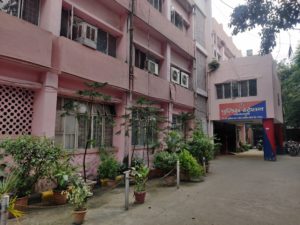
And outside, lurk other dangers. “Theft, pickpocketing, boys and men taking drugs. Women usually don’t venture out after it’s late,” pointing to the irony that while she may feel unsafe outside, she runs to its protection when her husband turns abusive.
One common thing that Patriot found was reluctance of women to report crimes. Like Poonam, several women told us that the police “don’t listen.” This was the sentiment that every woman we spoke with conveyed to us at the Ambedkar camp, located approximately 500 meters away from Peera Garhi camp. Also, since a lot of people use common toilets, which are 100-200 meter away from their house — dangers of going out at night is well entrenched in women’s minds. And parents have taught kids about dangers lurking in the dark, as they are advised to not go out after 7 pm, a curfew time.
What was also evident is that women do not know of the helpline number available expressly for them – which is 1091 for women in distress – other than the emergency number “100”.
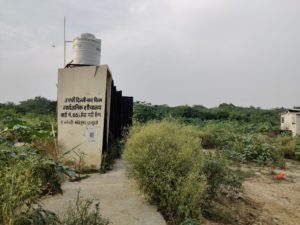
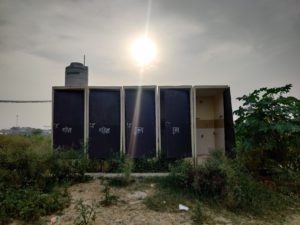
Social rights activist and human rights campaigner, Shabnam Hashmi, believes crimes against women are in fact “highly underreported.” Pointing to the problem being in the first step of relief itself, which is the police, she says: “police’s attitude is highly patriarchal, even if they (the victim) go to the women’s cell, it’s not a conducive atmosphere.”
Hashmi explains further, “it’s a vicious circle, good to or easy to say that we should sensitize the police but when there is so much of violence all around, and politics of violence is promoted by the state then women suffer the most. Police don’t interact with women.”
She does point to the positive, which is the current Delhi Commission of Women (DCW), “DCW is relatively more active, so they do send teams to interact with women.”
Praja foundation’s report “State of Policing and Law & Order in Delhi” from 2019 suggests that women were reluctant to go to the police when any crime happens. It says that out of the respondents, there were 36% male who had faced a crime, and 34% women. At the same time, out of those, 77% male respondents informed the police compared to 69% female respondents. Moreover, while 30% male respondents were satisfied with the police, only 23% female respondents felt the same.
However, Praja’s report also points to the Outer Delhi police district as one where the highest number of rapes, molestation, kidnapping or abduction cases have been reported over three years. This, despite reluctance to report.
Delhi Police’s outer district covers Mangolpuri, Nirman vihar, Raj Park, Nangloi, Peera Garhi, and Paschim Vihar – under whose jurisdiction Poonam’s house falls – and others (please refer to image).
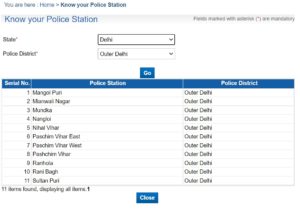
While the number of rape cases declined over the years that Praja has mapped the crimes, it still remains highest in the Outer Delhi police district. In 2016-17 there were 362 rape cases reported, in the year 2017-18 it was 308, and then in 2018-19 there were 218 such cases reported. Likewise, in cases of molestation, in 2016-17 a total of 561 cases were reported, followed by 382 in 2017-18 and lastly 378 in 2018-19.
Then for cases of kidnapping and abduction, the district saw a total of 1,145 cases in 2016-17, in the year 2017-18 there were 1,023 reported and in 2018-19 a total of 863.
Reena Banerjee, a social activist, and founder of Nav Srishti – an NGO which works towards preventing violence, abuse, exploitation of women and children – backs the findings of high incidences of crimes mentioned in the district.
“All types of crime are prevalent here in high numbers. Be it petty crime, drug trade, or crimes against children and women. From the start we have been saying that the outer district is very dangerous for women and children. We can put this down to the high density of population in the outer district, many who are extremely poor, and are migrants.”
Child protection missing in Capital
According to NCRB data there were 7,783 cases of crimes against children filed in 2019. The highest incidences of crime reported were of kidnapping or abduction with 5,537 cases in Delhi with 5,700 victims. Furthermore, there were 382 children who were victims of Human Trafficking (Secs. 370 & 370A IPC) in Delhi the same year. Total POCSO cases were 1719.
In terms of ‘Court Disposal of Crime against Children’ in 2019, according to the NCRB data there were 13,541 cases pending from the previous year, in Delhi, whereas 2,386 cases were sent for trial in 2019. Then cases in which trials were completed were just 1,523 while 1,544 were disposed of by courts.
The Delhi Commission for the Protection of Child Rights (DCPCR) in its performance report this year pointed out that more than 6,000 children go missing in Delhi every year. “In the last one year, the Commission has issued notice to Delhi Police in cases of 5227 FIR lodged wherein children were reported missing. Out of these cases of missing children, 1,690 children have already been traced by July 2021. Also, 48 of these children traced were found to be survivors of child sexual abuse, and hence are being closely provided backing by the Commission…”
Delhi also makes for the metropolitan city with the biggest chunk of crimes against children, amongst 19 cities, with 7,565 cases of crimes against children reported, followed by Mumbai at 3,640 cases of crimes against children.
While incidences of crimes against women and children are not localized in one area, the Outer district witnesses many cases of kidnapping and abduction. Banerjee, who has set up vigilance groups in these areas, speaks on the need for more attention to crimes against children: “If you look at the data, you will find that the outer district is always high. Many cases of elopement and many who have left, but they have been raped. Then there are also cases of those who have then been trafficked. One aspect which can be looked into by the government, is to have a verification process of residents. It happens in the good localities. Here one can commit a crime and disappear. It becomes very hard to trace them.”
“Then there are those who commit crime against their own family members (with most cases of rape perpetrated by a family member), go out and do the same. The government must support parents who are both working and unable to watch their child during the day. The child returns from an Anganwadi and spends the rest of the day alone. That child can be raped, there’s no one to see this child. Such incidents are very prevalent in these areas and you’ll find them in greater numbers. The solution is to have creche facilities in the Anganwadi, for which discussions are currently on.”
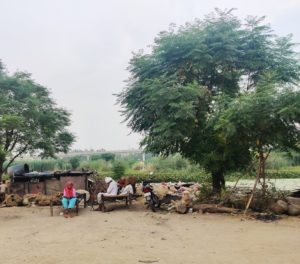
Banerjee also points to the Integrated Child Protection Scheme (ICPS), “here one of the clauses for a Bal Suraksha Dal is through a panchayat. But in the case of the urban sector of Delhi, the protection group doesn’t come into being because there’s no panchayat to form it. But, if we are able to create this group it could really help in preventing such crimes.”
By the police, Banerjee says for the protection of women and children the methods are quite the same, one is to identify hotspots, have continued vigilance by the police at these spots, night patrolling, lights in all areas and presence of functional and monitored CCTV cameras.
Female representation for security and redressal
This year until June 15, Delhi police data shows that a total of 833 rape (376 IPC) cases have been reported.
In the case of ‘Assault on Women with Intent to Outrage Her Modesty’ (354 IPC), a total of 1,022 have been registered until June 15 of this year. Then in ‘Insult to the Modesty of Women’ (509 IPC) a total of 197 cases have been registered, a whopping 1,580 cases of kidnapping of women, and lastly, the most number of cases reported in the crimes against women under section 498-A/406 IPC which deals with ‘Cruelty By Husband And In Laws’ which has seen 1,712 cases registered.
When crime against women is rampant, it is pertinent that the number of women cops must be significant. But still, their number is well below the targeted 33 percent, only 12.30 percentage women cops are in the Delhi police. This, when the Delhi police is one of the best in the country in terms of infrastructure, strength and budgeting.
In March this year the DCW served a notice to Delhi police as none of the 178 police stations had a women SHO.
DCW chief Swati Maliwal said, “We have been informed that there are no women SHOs in any of the 178 police stations in Delhi. This is very shocking and disappointing at the same time. It is very important to ensure gender parity in the force.”
HT quoted a senior officer replying on the issue, “There is no criteria of being male and female officer in matters of posting. Presently, two women IPS officers are heading two separate police districts, besides two women DCPs in crime and PCR. There have been many women inspectors who served as SHOs in Delhi’s police stations”.
It is clear that paucity of women cops, and lack of efforts in policing are few of the major causes of crimes against women. Despite that, strong measures to curb these crimes are largely missing.
(Even after repeated calls and messages, we did not receive a response from the DCP outer district. We have sent a questionnaire, the story will be updated if he reverts)
(Cover: Crimes against women in over populated districts like Outer police district of Delhi is high)
(All photos by Sashikala VP)

